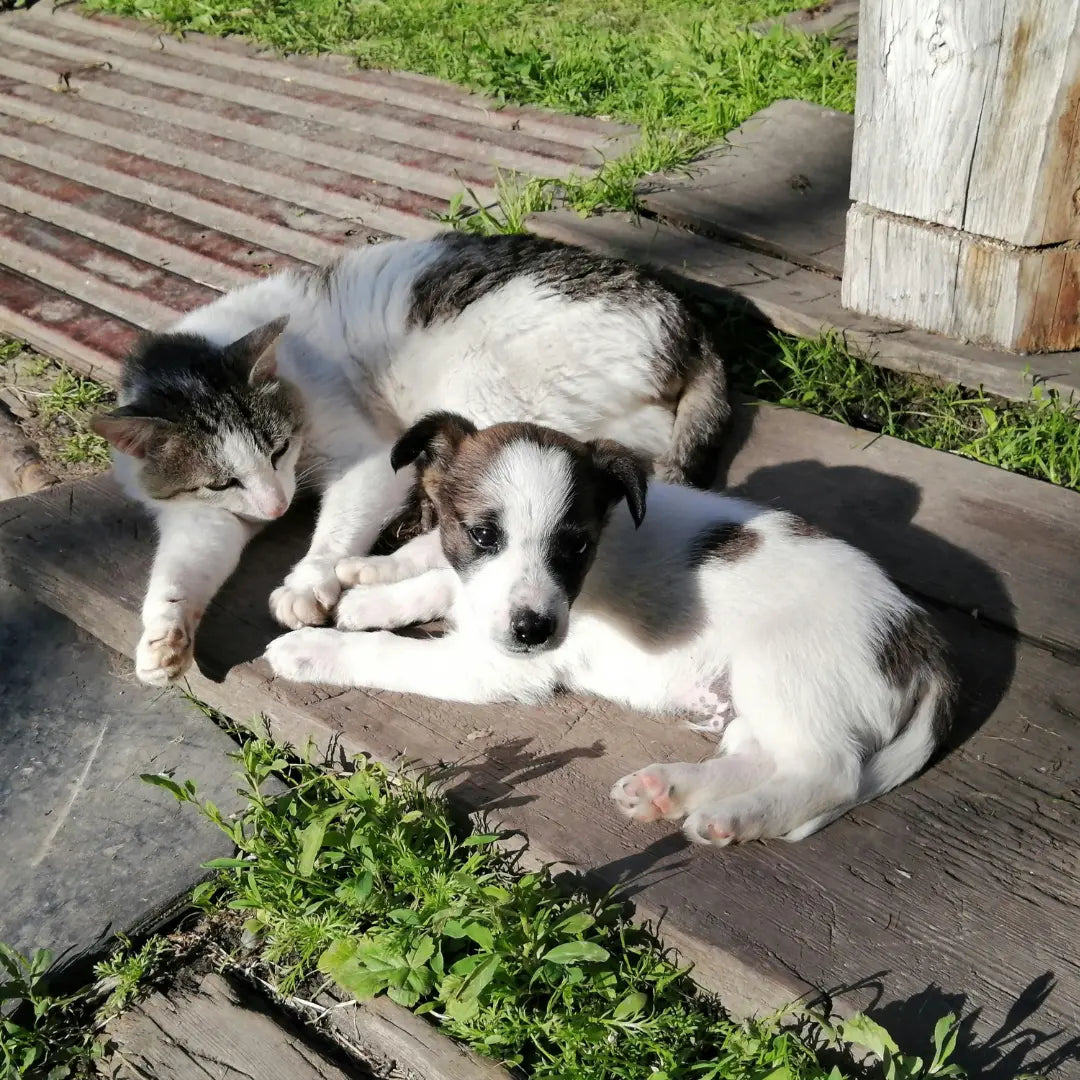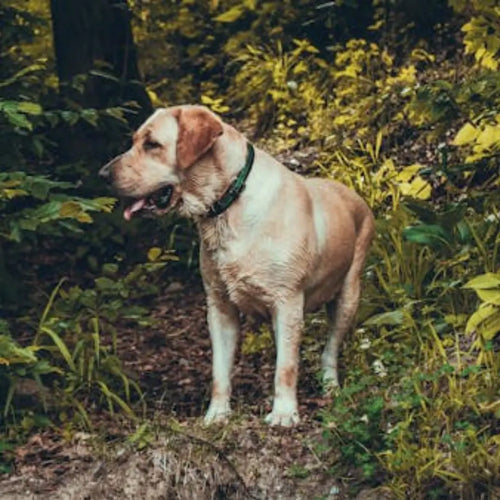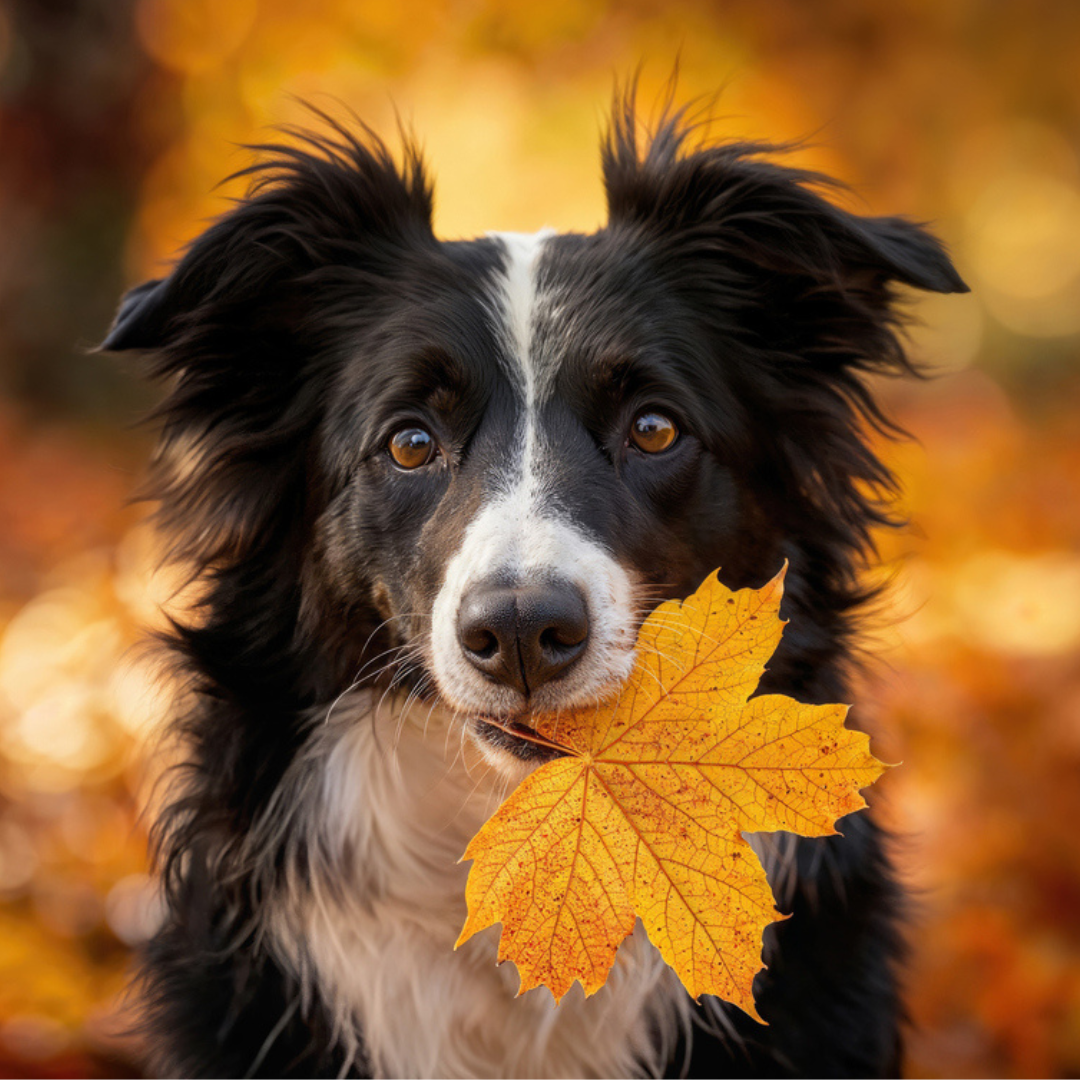Adding a new puppy to a household with existing feline pets can be both exciting and challenging. As dog ownership continues to soar in American households, 42% of Americans own only a dog, and 26% own only a cat.
Many people find themselves in the unique position of having both species under one roof. In fact, one-third of pet owners share their homes with both dogs and cats.
Navigating the integration of a lively puppy into a multi-cat environment requires thoughtful planning and understanding of feline behavior to ensure a harmonious household.
This article will provide practical strategies and tips to facilitate a smooth transition. The goal is to ensure that both your new puppy and your resident cats can coexist peacefully and happily.
Preparing Your Home for the New Arrival
To smoothly integrate a new puppy into a multi-cat household, start by setting up a designated space for your puppy. The American Kennel Club recommends purchasing a crate for secure rest and brief periods of alone time. Use baby gates to limit the puppy’s access to certain areas of the house; tension-mounted gates are ideal for this purpose.
Essential supplies include a collar and leash for walks, food and water bowls, and puppy food for regular feedings. A comfortable dog bed is also necessary. For grooming, stock up on brushes, dog shampoo, nail clippers, and cleaning supplies for accidents. Lastly, provide a variety of toys, such as hard rubber and rope toys, to keep your new puppy entertained and engaged.
Proper preparation will help ensure a harmonious environment for both your puppy and your resident cats.
Introducing Scent Before Physical Interaction
Before physically introducing your new puppy to your resident cats, it's essential to start with scent-based introductions to ease the transition. The RSPCA recommends placing a cloth with your puppy’s scent into your cat’s area. You can achieve this by rubbing the cloth on the puppy or leaving it in their bed. Similarly, introduce a cloth with your cat's scent into the puppy's space.
To avoid causing stress, keep these scented clothes away from your cat’s essential resources, such as food, water, litter trays, and hiding spots. Repeat this process over a few days to help your puppy and cats get used to each other’s scents before they meet.
This gradual introduction helps reduce anxiety and promotes a smoother adjustment for all pets.
Gradual Introduction in Controlled Environments
For a successful introduction of your new puppy to your resident cats, PetPlace recommends starting in a neutral space within the home. A large area like the living room is ideal, as it provides ample space for both animals to feel secure. Begin by allowing them to observe each other from opposite sides of the room, gradually reducing the distance as they become more comfortable.
Initiate short, controlled meetings to prevent overwhelming either pet. Slowly increase the length of these sessions and ease the control as long as interactions remain positive. Ending each introduction positively helps build good associations and reduces anxiety, making integration smoother for your puppy and cats.
Maintaining Routine and Territory
When introducing a new puppy to a multi-cat household, it’s crucial to maintain the existing pets' routines and respect their territory. The Spruce Pets notes that the resident cat may feel threatened and exhibit defensive behaviors, such as growling or hissing. In response, the puppy might bark or growl. Both animals may also mark their territory by urinating or defecating inappropriately due to stress.
To ease the transition, maintain consistent routines for your pets and ensure each has access to their personal space and resources. Minimizing disruptions and respecting territories reduces stress and prevents disputes, creating a more harmonious environment for your pets.
Managing Feeding Times and Spaces
To avoid competition and stress, feed your cats and puppy in separate areas. Designate specific feeding zones for each pet, ideally in different rooms or distinct corners of a room, to minimize the risk of territorial disputes.
Establish a consistent feeding schedule to help your new puppy and resident cats adjust. Feeding them at the same time each day creates a routine and helps reduce anxiety. Monitor their behavior during meal times to ensure that both the puppy and cats feel secure and that their individual needs are met.
Smart Placement of the Litter Box
Ensure that the litter box is placed in a quiet, easily accessible area where your cats can use it undisturbed. It’s important to keep the litter box out of reach of the puppy. Puppies' curiosity may lead them to investigate the litter box, causing unsanitary conditions and potential ingestion of litter.
To prevent any issues, consider investing in a new litter box and placing it in a location that’s securely off-limits to the puppy. Reviewing options for litter boxes can be helpful. Check out recent cat litter box reviews to find one that suits your needs and fits well into your home environment. Proper placement and selection of the litter box help ensure your cats’ comfort and maintain a clean, healthy space for all your pets.
According to Info-Cat.com, in households with multiple cats, it's beneficial to have at least two litter boxes. This helps minimize competition and gives each cat a choice of where to go. To control odors, place the mats that absorb smells or trays with baking soda near the litter boxes. Adding an air purifier can also improve the overall freshness of the area.
Monitoring Behavior and Managing Conflicts
Watch for signs of stress or aggression, such as hissing or growling from the cats or barking and snapping from the puppy. If conflicts arise, intervene calmly and provide positive reinforcement for peaceful interactions.
Set up a secure area where your cats can retreat and feel safe if they become overwhelmed. Gradually increase the time they spend together while ensuring each pet has its own area to retreat to. Regularly assess their interactions and be prepared to adjust their introduction process if needed.
Frequently Asked Questions
How do I ensure my cats don't feel neglected after the puppy arrives?
To ensure your cats don’t feel neglected after the puppy arrives, maintain their regular routines and give them individual attention and affection. Provide enrichment and playtime for your cats to keep them engaged and valued, even with the new puppy in the house.
What should I do if my puppy is overly playful or rough with the cats?
If your puppy is overly playful or rough with the cats, immediately intervene to redirect the puppy’s behavior. Provide appropriate chew toys and engage the puppy in structured play to channel its energy. Ensure the cats have safe spaces to retreat to where the puppy cannot reach them. Gradually supervise interactions and reward calm behavior to promote positive play.
What are the signs that my cats are accepting the new puppy?
Signs that your cats are accepting the new puppy include relaxed body language, such as purring or approaching the puppy without hissing or growling. They might also start to play or interact with the puppy in a friendly manner and show curiosity rather than fear. Additionally, if the cats are eating and using their litter boxes normally and seem comfortable in their environment, it's a positive sign of acceptance.
Fostering a Peaceful Pet Environment
Successfully integrating a new puppy into a multi-cat household takes patience, preparation, and understanding of both species' needs. Thoughtful introductions, consistent routines, and enrichment can ensure a smooth transition and a harmonious space for all your pets.
With careful attention and proactive strategies, you’ll foster positive relationships and a balanced environment where both your cats and puppy can thrive together.



